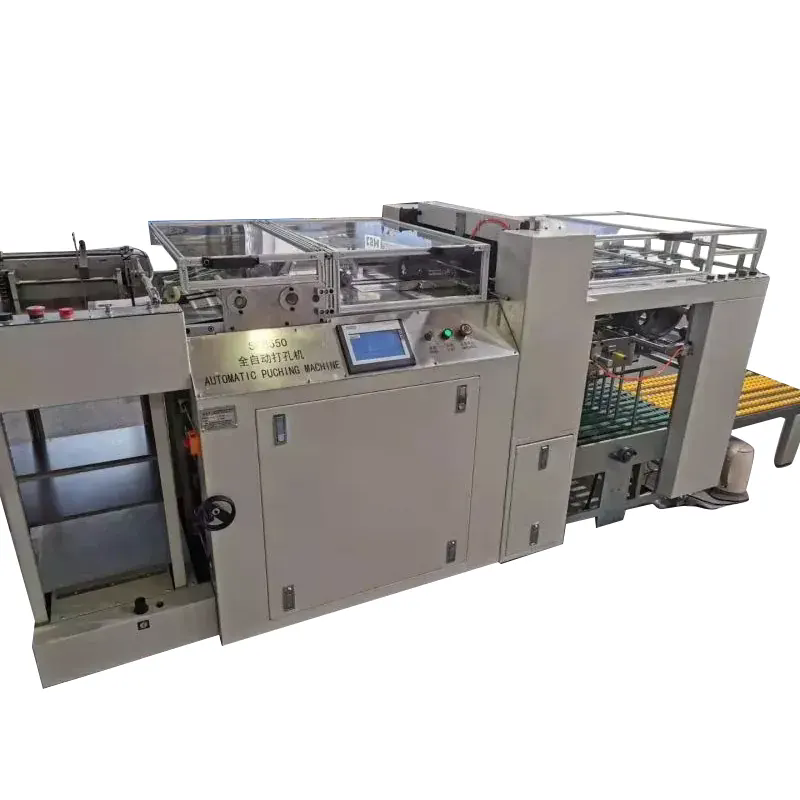Punching Machines: Powering Precision and Efficiency in Modern Manufacturing
2025-06-05
In the manufacturing world, speed and precision are critical. Whether producing metal parts, automotive components, or electronic enclosures, manufacturers need tools that deliver consistent quality quickly. Enter the punching machine— a versatile and essential piece of equipment that revolutionizes how holes and shapes are created in sheet metal and other materials.

What Is a Punching Machine?
A punching machine is a mechanical or hydraulic tool designed to create holes, cutouts, or specific shapes in materials such as metal sheets, plastics, or leather. It works by pressing a punch through the material against a die, effectively “punching” out the desired shape.
Punching machines come in various sizes and configurations, from small bench-top models used for light-duty tasks to large industrial presses capable of handling thick metal sheets.
Key Types of Punching Machines
Mechanical Punching Machines:Use a motor-driven crankshaft to generate punching force, offering fast cycle times ideal for high-volume production.
Hydraulic Punching Machines:Use hydraulic pressure to provide powerful, adjustable punching force, suitable for thicker materials and heavier-duty applications.
CNC Punching Machines:Computer-controlled for precision and flexibility, CNC punch presses can perform complex punching patterns with minimal operator intervention.
Advantages of Using Punching Machines
1. Speed and Efficiency:Punching machines can produce large volumes of parts quickly, reducing manufacturing time significantly.
2. Precision:With proper tooling, punching machines create consistent, accurate holes and shapes, ensuring high-quality finished products.
3. Cost-Effectiveness:Punching is often more economical than other cutting methods, such as laser cutting, especially for repetitive tasks.
4. Versatility:Punching machines can handle a variety of materials and thicknesses and can perform multiple operations like notching, nibbling, and forming.
Applications of Punching Machines
Punching machines are used across industries including automotive, aerospace, electronics, construction, and furniture manufacturing. They are invaluable for making:
Metal brackets and enclosures
Electrical panels and circuit boards
Decorative patterns on metal sheets
HVAC components
Tips for Maintaining Your Punching Machine
Regularly lubricate moving parts to reduce wear.
Inspect punches and dies for damage and replace as needed.
Keep the machine clean and free from debris.
Schedule routine maintenance checks to ensure consistent performance.
The Future of Punching Technology
With advances in automation and CNC control, punching machines are becoming smarter and more efficient. Integration with robotics and AI enables greater precision, reduced waste, and faster turnaround times — key factors in today’s competitive manufacturing landscape.
Punching machines might not always be in the spotlight, but they are fundamental to producing the precise components that keep industries moving. Whether you’re a manufacturer or simply interested in industrial technology, understanding punching machines reveals just how much innovation goes into the parts we often take for granted.


